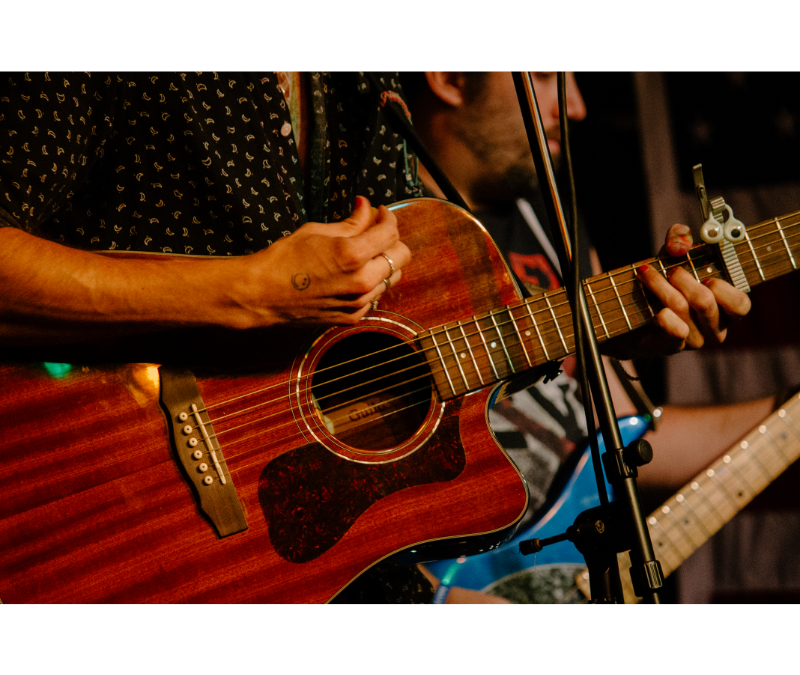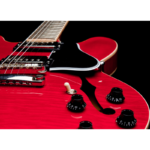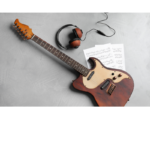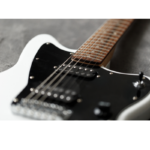Mastering guitar chords is one of the best activities you can spend as a beginning guitar player. Chords enable you to play songs and to write your own music. Having a solid understanding of a few basic chords will help you in the long run as you start learning songs. Most popular songs have a few chords you’d need to memorize. This is where the fun begins.
What are chords?
Chords are the building blocks of music. When you stack more than 2 notes together you are playing a chord. Chords are the fundamental structure of songs. Along with melody and rhythm, chords provide a harmonic movement in all songs. They are arguably the most important concept to learn on the guitar.
Chords help singers develop a melody for a song. Guitar chords help the pianist to play in time. Chords help drive the song. Chords help the audience follow along during a live concert. They are in every song that has ever been recorded. Therefore, much attention should be focused on guitar chords.
Lets look at a few easy guitar chords to get you moving in the right direction.
Easy Guitar Chords for Beginners
Let’s take a look at some easy guitar chords that every beginner should learn:
- C Major (C):
- Place your third (ring) finger on the third fret of the fifth string.
- Place your second (middle) finger on the second fret of the fourth string
- Place your first (pointer) finger on the first fret of the second string
- Strum from the 5th string down.
- G Major (G):
- Place your second (middle) finger on the third fret of the sixth string.
- Place your first (index) finger on the second fret of the fifth string.
- Place your third (ring) finger on the third fret of the first string.
- Strum all six strings.
- D Major (D):
- Place your first (index) finger on the second fret of the third string.
- Place your third (ring) finger on the third fret of the second string.
- Place your second (middle) finger on the second fret of the first string.
- Strum the bottom four strings.
- E Minor (Em):
- Place your second (middle) finger on the second fret of the fifth string.
- Place your third (ring) finger on the second fret of the fourth string.
- Strum all six strings.
Tips for Mastering Easy Guitar Chords
- Practice Consistently: Set aside regular practice sessions to build muscle memory and finger strength.
- Use Correct Finger Placement: Ensure that each finger is placed behind the fret and avoid touching adjacent strings.
- Start Slowly: Begin by strumming each chord slowly and gradually increase your speed as you become more comfortable.
- Experiment with Chord Progressions: Practice transitioning between chords smoothly to play simple songs and chord progressions.
- Listen to Your Favorite Music: Pay attention to how chords are used in your favorite songs and try to copy them.
Learning easy guitar chords is a crucial step in your musical journey. With dedication and practice, you’ll soon be strumming along to your favorite tunes and exploring more complex chords and melodies. So pick up your guitar, start practicing, and enjoy the rewarding experience of making music!
Download some free digital guitar charts and posters to help you master the guitar

Download The FretDeck & Chord Secrets Course!
Download Course










